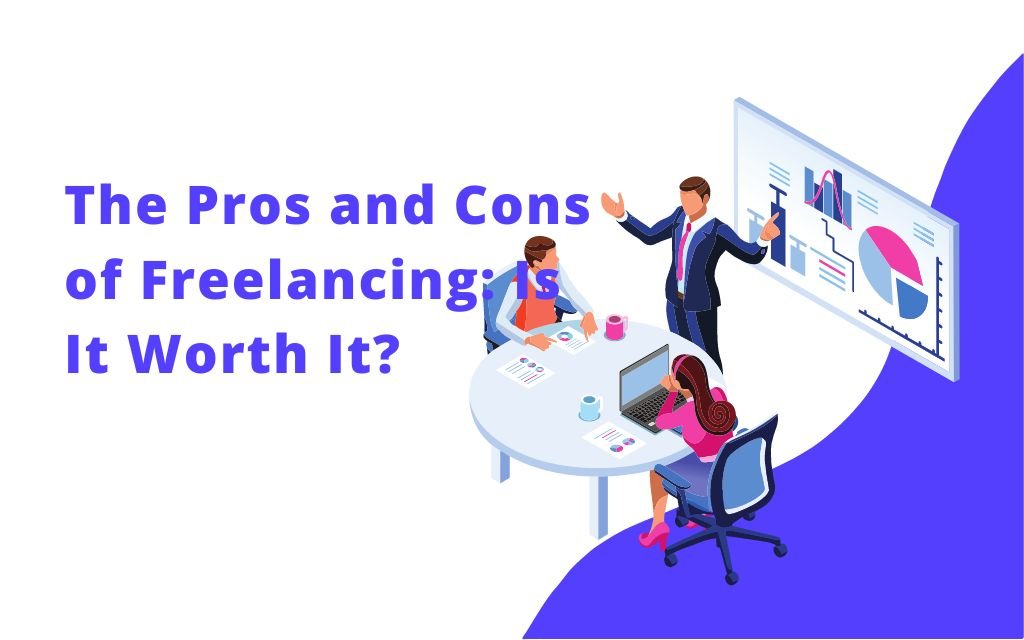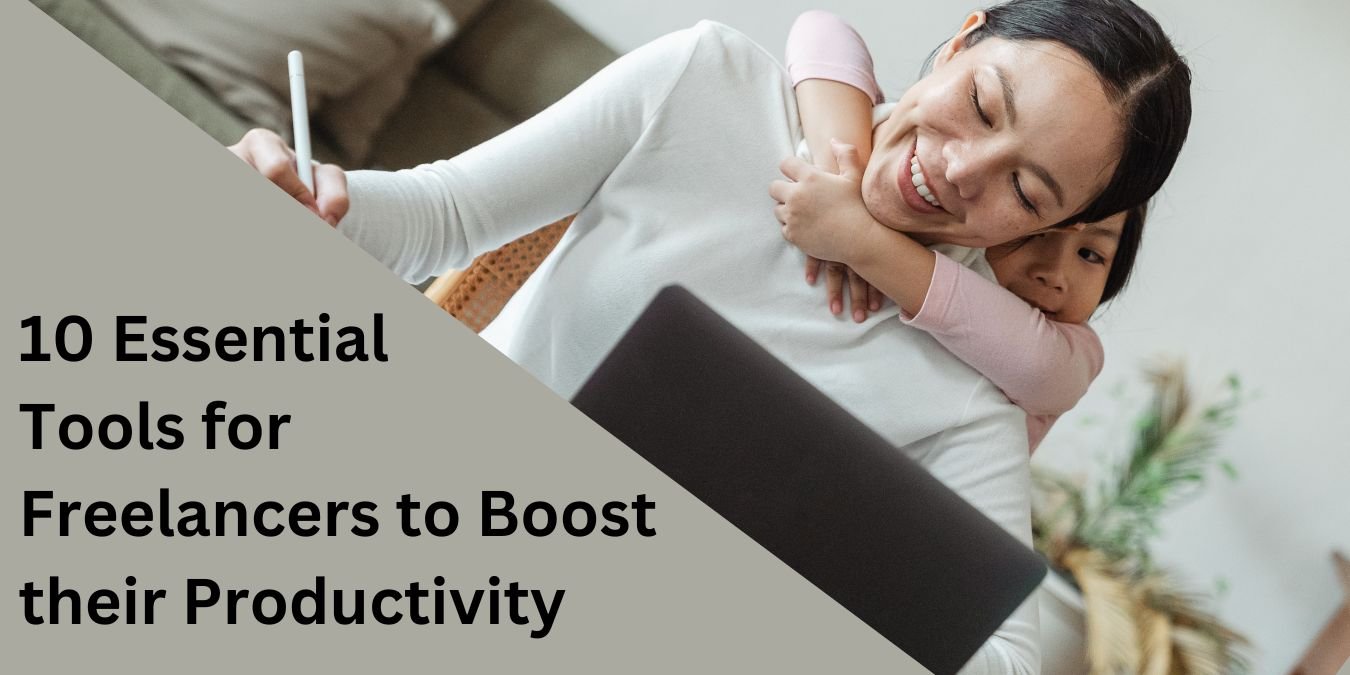Freelance UI/UX Design: Best Practices for User-Centered Experiences
Are you a UI/UX designer who wants to work on your own terms, choose your own projects and clients, and create user-centered experiences that solve real problems? If so, freelancing might be the perfect career path for you.
Freelancing is a form of self-employment where you offer your services to clients on a project-by-project basis. You can work from anywhere, set your own rates and hours, and showcase your creativity and skills. Freelancing can also be a rewarding way to make an impact on the users and the businesses you work with.
But how do you become a successful freelance UI/UX designer? What are the benefits and challenges of this career path? And what are some best practices to follow to deliver high-quality work that meets user needs and expectations? In this blog post, we will answer these questions and more.
Benefits of Freelancing as a UI/UX Designer
Freelancing as a UI/UX designer can offer many benefits, such as:
- Freedom: You can work when and where you want, as long as you meet your deadlines and client expectations. You can also balance your work with your personal life, hobbies, passions and other commitments.
- Diversity: You can work on different projects with different clients, industries and domains. You can also learn new skills, expand your network and explore new opportunities.
- Autonomy: You can work on projects that interest you and align with your values and goals. You can also express your voice and vision through your work.
- Income: You can set your own rates for your services and negotiate with clients. You can also increase your earning potential by taking on more projects or raising your rates over time.
Challenges of Freelancing as a UI/UX Designer
Freelancing as a UI/UX designer can also pose some challenges, such as:
- Uncertainty: You may not have a steady income or a guaranteed workload. You may also face competition from other freelancers or agencies. You need to be prepared for fluctuations in demand and income.
- Responsibility: You are responsible for finding and managing your own clients, projects, deadlines, payments, taxes, insurance and other aspects of running a business. You need to be organized, disciplined and professional.
- Isolation: You may work alone most of the time, without the support or feedback of colleagues or supervisors. You may also miss out on social interactions and networking opportunities. You need to find ways to stay connected and motivated.
Best Practices for Freelancing as a UI/UX Designer
If you are interested in freelancing as a UI/UX designer, here are some best practices to follow to deliver high-quality work that meets user needs and expectations:
- Understand the problem: Before you start designing anything, you need to understand the problem you are trying to solve, the goals you are trying to achieve, the users you are designing for, and the context you are designing in. Conduct user research, stakeholder interviews, competitor analysis, user personas, user journeys, etc. to gather insights and data that inform your design decisions.
- Define the scope: Once you have a clear understanding of the problem, you need to define the scope of the project with your client. What are the deliverables, timelines, milestones, budget, communication channels, feedback process, etc.? Make sure you have a written contract or agreement that outlines these details and expectations clearly.
- Follow a process: To ensure quality and consistency in your work, you need to follow a structured design process that covers all the stages from ideation to implementation. For example, you can use the double diamond model that consists of four phases: discover (research), define (synthesis), develop (ideation), and deliver (testing). Use appropriate tools and methods for each phase, such as sketches, wireframes, prototypes, usability tests, etc.
- Communicate effectively: Communication is key for successful freelancing as a UI/UX designer. You need to communicate with your clients regularly and clearly throughout the project. Update them on your progress, ask questions, share feedback, present your work, etc. Use tools such as email, Slack, Zoom, Figma etc. to facilitate communication and collaboration.
- Test and iterate: Testing is an essential part of UI/UX design. You need to test your designs with real users to validate your assumptions and hypotheses. Collect feedback from users and measure their behavior, satisfaction, and outcomes. Use the feedback to iterate and improve your designs until you reach a solution that meets user needs and expectations.
Conclusion
Freelancing as a UI/UX designer can be a fulfilling way to use your talents and skills to create user-centered experiences that solve real problems. It can also offer you freedom, diversity, autonomy and income. However, it also comes with some challenges that require preparation, planning and perseverance. By following the best practices above, you can start and grow your freelance career as a UI/UX designer and enjoy the benefits and rewards of this work.




